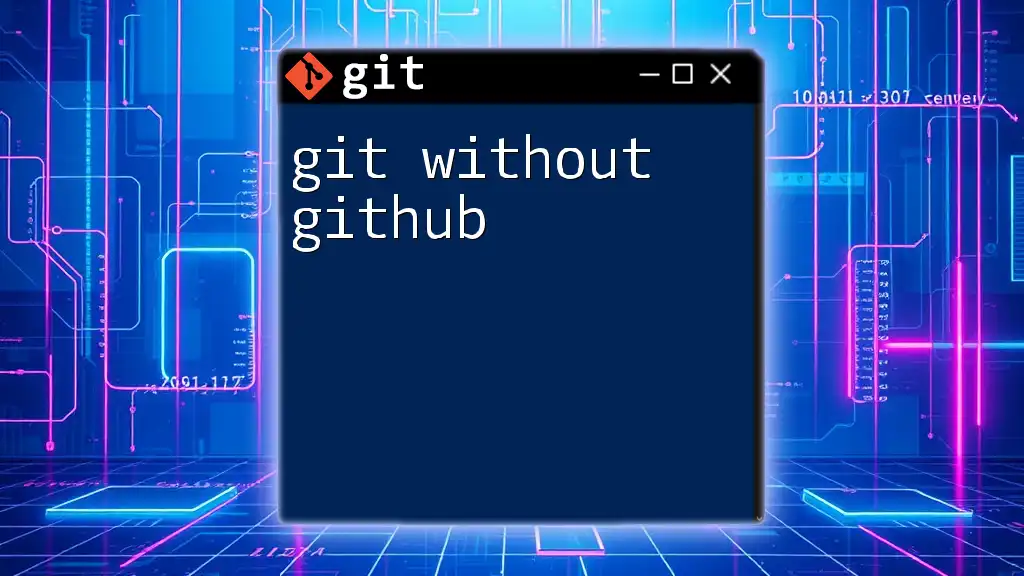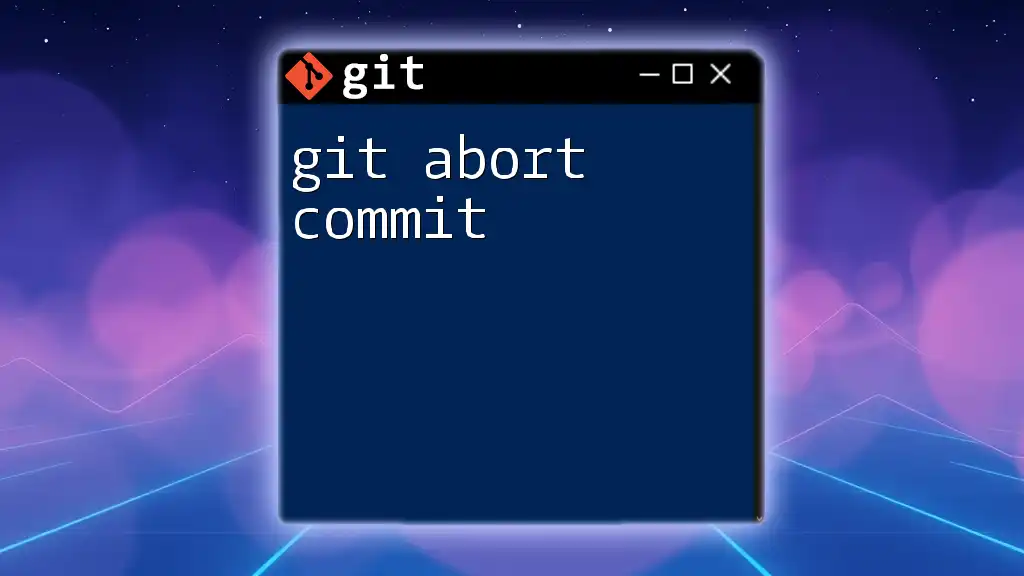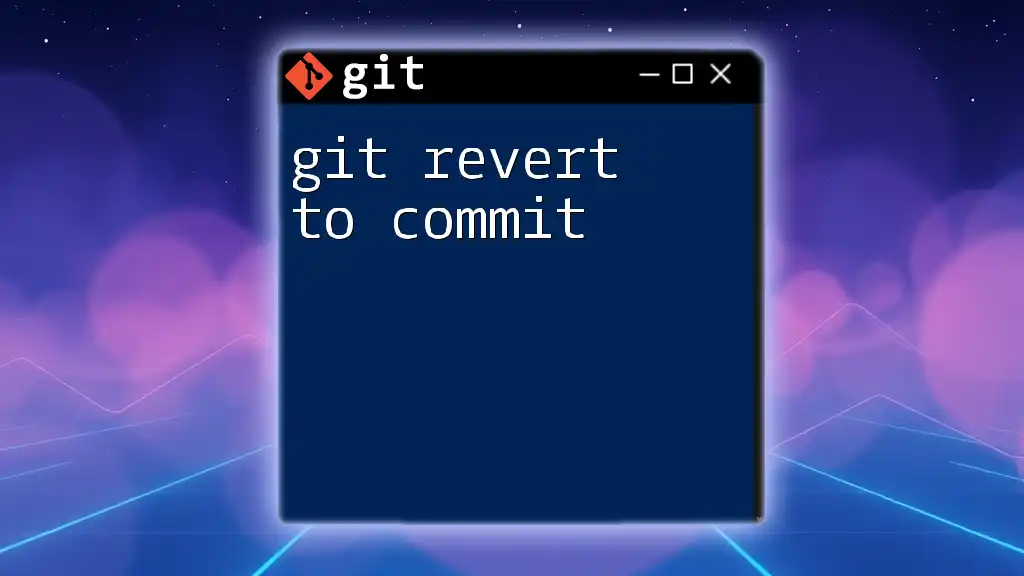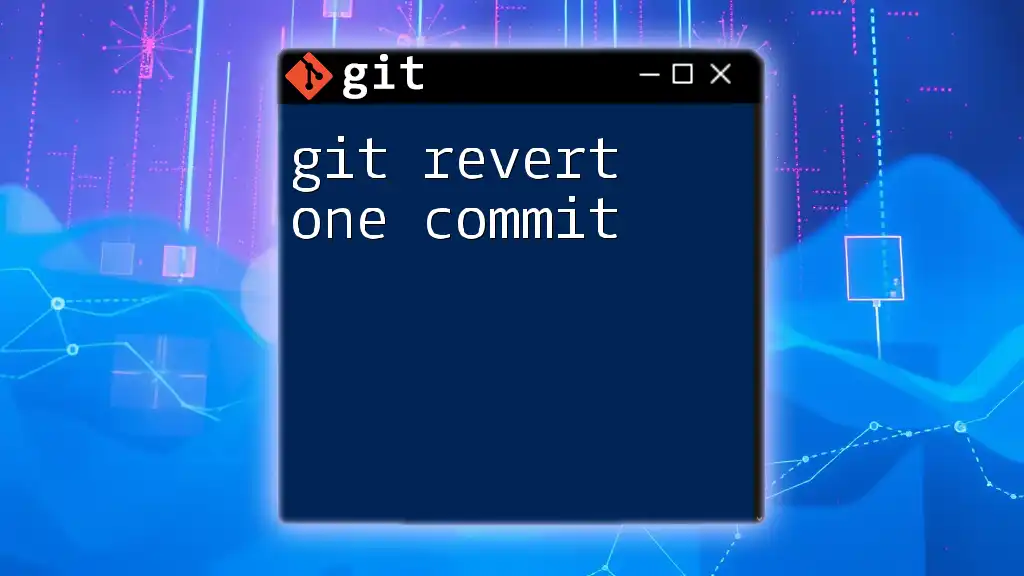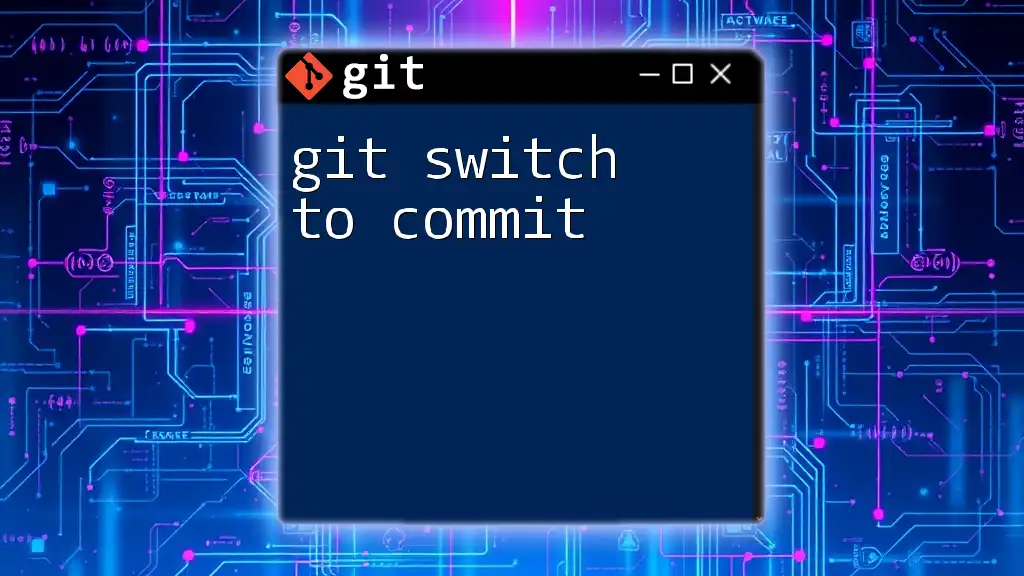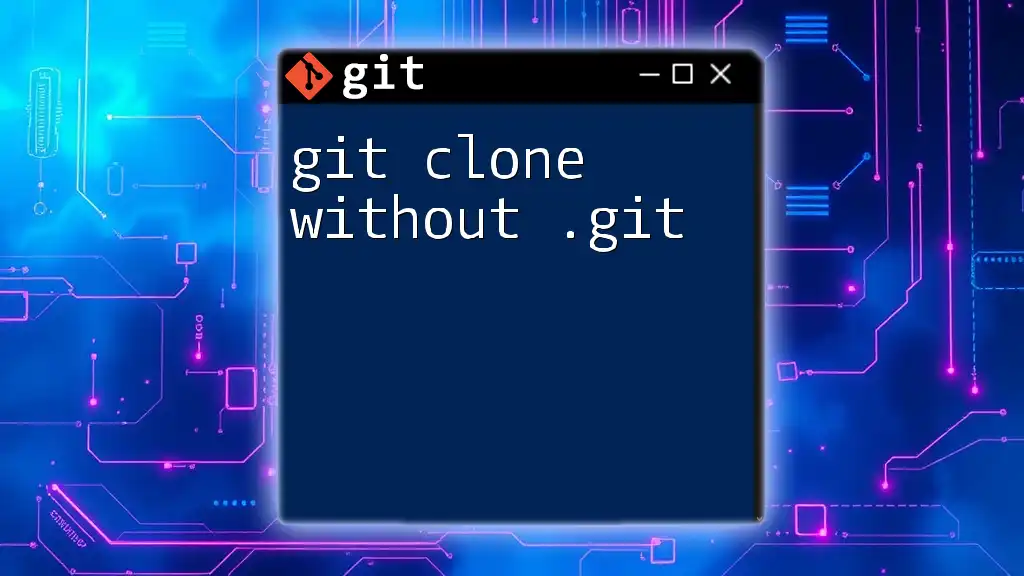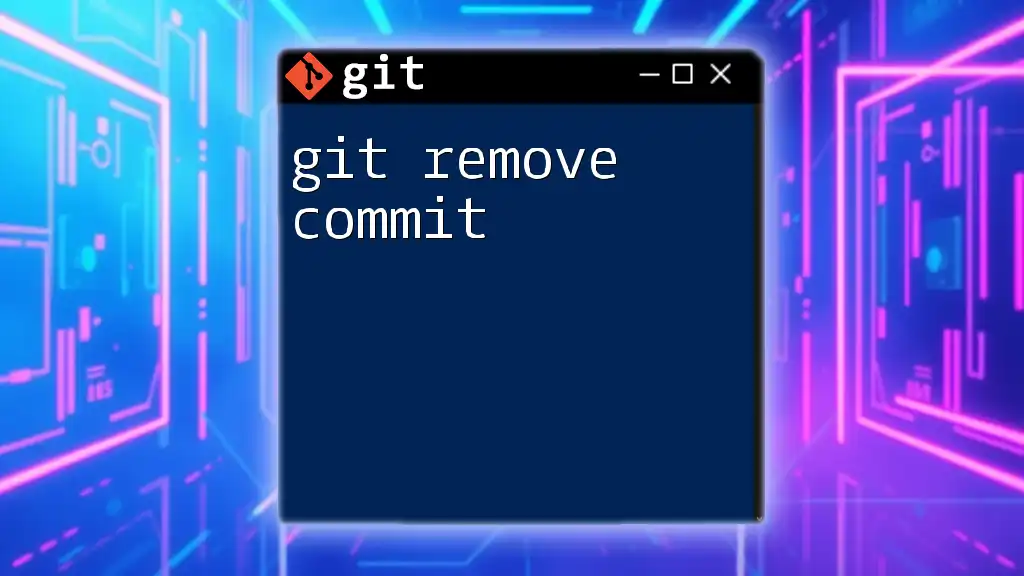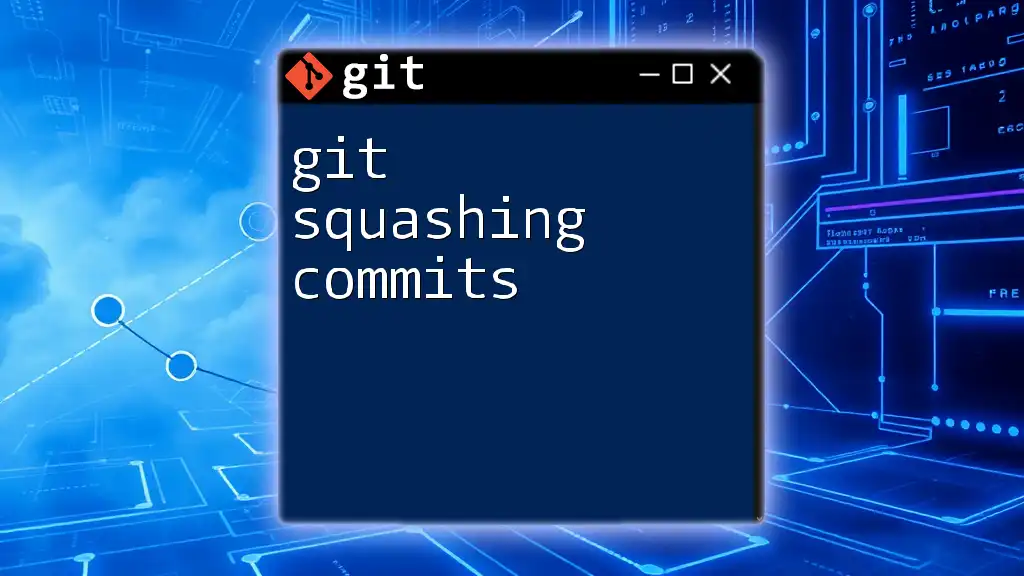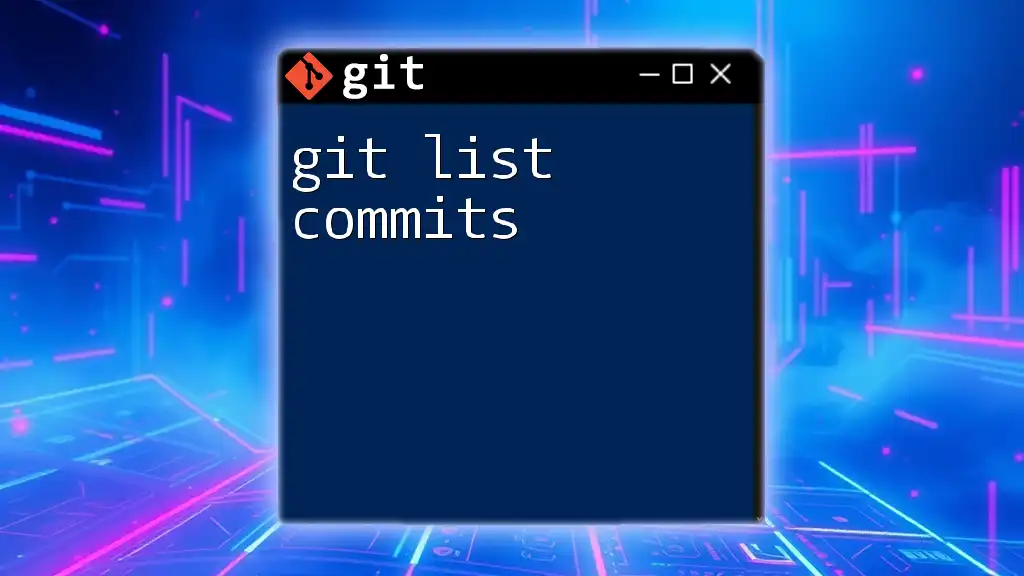To save your changes without committing them in Git, you can use the `git stash` command, which temporarily shelves your modifications.
git stash
Understanding Git Workflow
Importance of Committing
Committing in Git serves the fundamental purpose of creating a snapshot of your project at a particular point in time. Each commit is associated with a unique identifier (SHA) and a message that describes the changes made. This feature is vital for version control because it allows developers to track their work, revert to previous states of the project, and collaborate effectively with others.
Without commits, your progress remains unfixed, making it hard to manage changes or collaborate with teammates. However, there are times when your work is not yet ready for a formal commit, leading to the need for saving without committing.
The Need to Save Work Without Committing
There are several scenarios where you may find it beneficial to save your changes without creating a full commit. For instance, if you are experimenting with new features that may not work out, you might want to avoid cluttering your commit history. Additionally, if you're in the middle of a task but need to switch contexts or branches quickly, having a way to save your progress without a commit becomes invaluable.
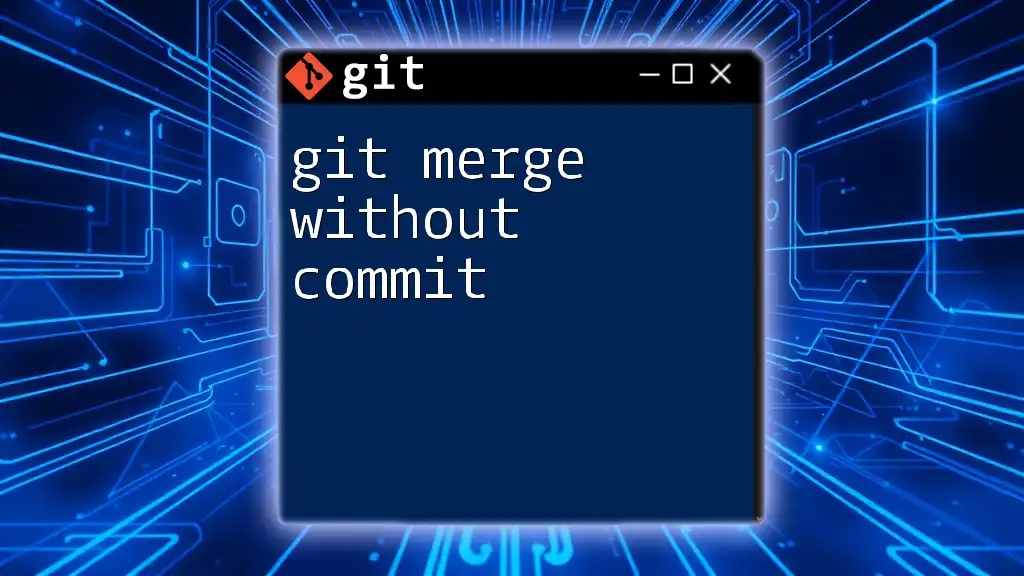
Methods to Save Changes Without Committing
Using Git Stash
What is Git Stash?
Git Stash allows you to temporarily shelf changes that you've made in your working directory. Essentially, it takes your uncommitted changes, stores them, and cleans your working directory. This is particularly useful when you want to pull a new branch or start work on something else, allowing you to return to your stashed changes later.
How to Stash Changes
To stash your local modifications, simply run:
git stash
This command will save your work-in-progress changes and clear them from your working directory, making it look like there’s no modification. If you wish to add a description for your stash, you can use:
git stash save "your message"
This helps maintain clarity about what the stashed changes contain.
Viewing Stashed Changes
To see a list of all your stashed changes, execute:
git stash list
This will show you the stashes you have saved along with their messages. If you need more details about a specific stash, use:
git stash show stash@{0}
This command gives you a glimpse of what was stashed.
Applying Stashed Changes
Once you’re ready to continue your work, you can apply your stashed changes without removing them from the stash by executing:
git stash apply stash@{0}
This command applies the changes stored in the specified stash to your current branch.
Dropping Stashed Changes
After applying a stash, if you decide you no longer need it, you can remove it using:
git stash drop stash@{0}
This helps keep your stash list clean and manageable.
Using Git Commit with the --no-verify Flag
What Does the --no-verify Flag Do?
The `--no-verify` flag allows you to bypass pre-commit hooks when making a commit. This can be useful when you're in a hurry, or when you know that certain checks are irrelevant for your current state of work.
How to Save with a Commit but Skip Verification
To save your changes with a commit without worrying about pre-commit hooks, use the following command:
git commit --no-verify -m "An intermediate commit without hooks"
This way, you can commit your changes while avoiding the potential pitfalls of failing hook validations.
Using Temporary Branches
Creating a Temporary Branch
Another effective method to save your work is to create a temporary branch. This not only allows you to keep your changes but also isolates them from the main project until you're ready to merge. To create and switch to a temporary branch, use:
git checkout -b temp-feature
This command creates a new branch called `temp-feature` and switches your working directory to this branch.
Committing to the Temporary Branch
Once in your temporary branch, feel free to commit your changes:
git commit -m "Work in progress on temp-feature"
This way, your main branch remains unaffected until you decide to merge back.
Merging or Deleting Temporary Branch
When your work on the temporary branch is complete and you're ready to integrate your changes, first switch back to your main branch:
git checkout main
Then, you can merge your changes:
git merge temp-feature
After merging, if the temporary branch is no longer needed, you can delete it safely with:
git branch -d temp-feature

Best Practices for Saving Work Without Committing
Clearly Label Your Work
Whenever you stash or create a temporary commit, it's essential to provide clear and descriptive messages. This practice ensures that when you revisit your saved work, you’ll quickly understand what changes were made and why. A vague message can lead to confusion later, so be specific to maintain clarity in your version history.
Frequent Stashing and Avoiding Clutter
While stashing is a powerful tool, having too many stashed entries can become cluttered and unmanageable over time. Regularly review your stash list with:
git stash list
Keep only stashes that are relevant and necessary, deleting the rest to maintain an organized workflow.
Integration with Other Git Features
Utilizing different Git features together can enhance your productivity. For instance, combining stashing with branching allows you to experiment freely without disrupting your main workflow. Using temporary branches along with occasional stashes can create a versatile environment for rapid development and testing.
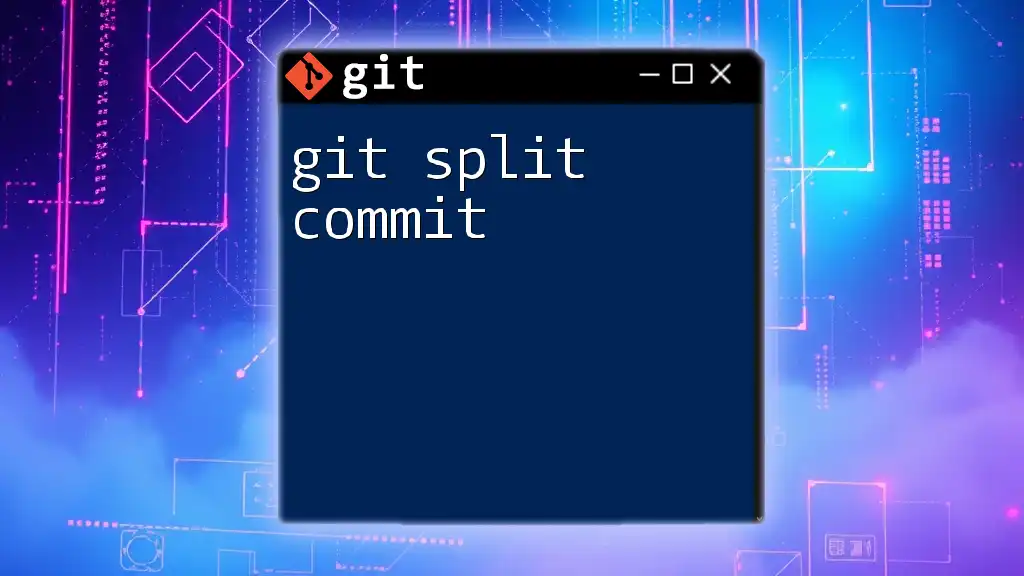
Conclusion
In the realm of Git, the ability to save your work without committing is not only beneficial but essential for effective version control. Techniques like stashing, using the `--no-verify` flag, and creating temporary branches open up flexible options for managing tasks.
Incorporating best practices into your development workflow will help maintain clarity and organization, allowing you to focus on building great software without the hassle of a disorganized Git history. As you continue to explore Git’s features, these methods will empower you to work efficiently and productively with your code.
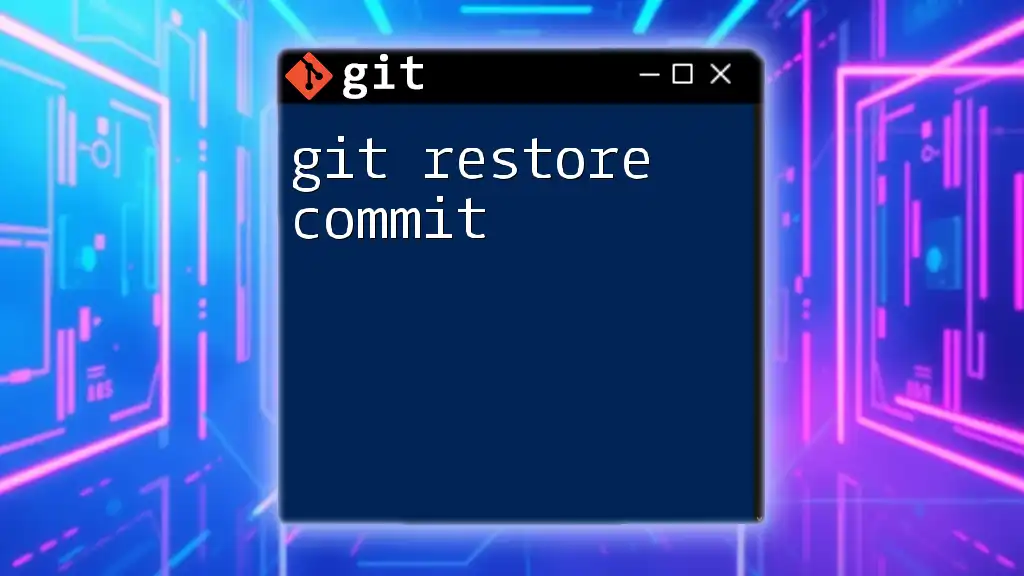
Call to Action
Have you ever needed to save your changes without committing? Share your experiences with git save without commit techniques, and let us know how they’ve enriched your development process. If you want to delve deeper, consider signing up for our Git command courses to enhance your skills further.







